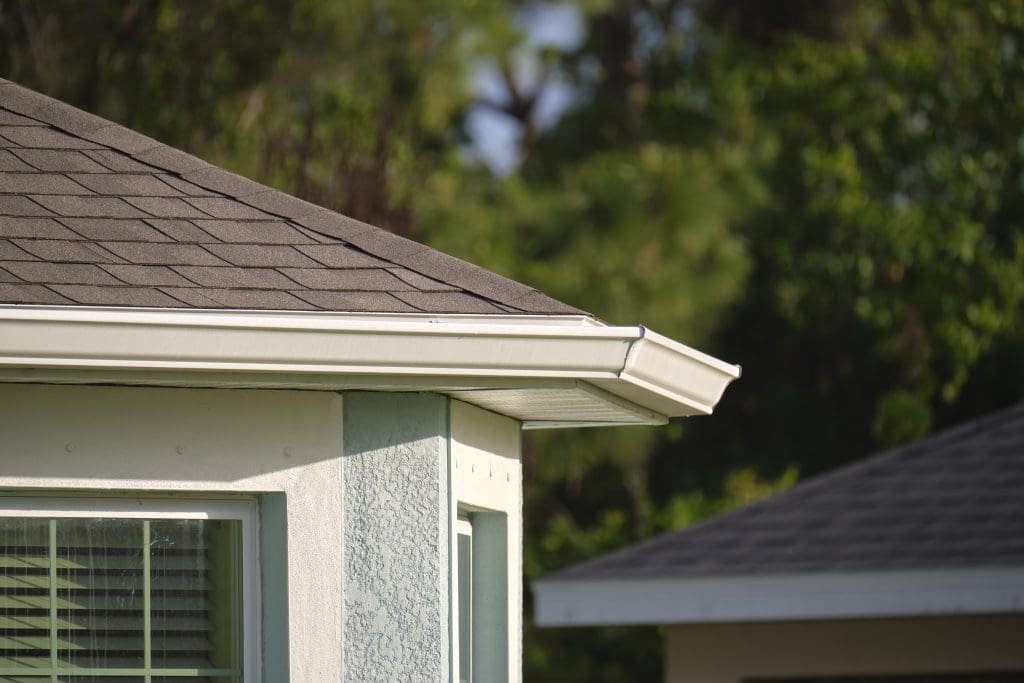Gutter replacement is an essential aspect of home maintenance that often goes overlooked until significant problems arise. Whether due to wear and tear, changing weather conditions, or the need for aesthetic upgrades, replacing gutters requires careful consideration to avoid costly errors. This guide aims to equip homeowners with the knowledge to make informed decisions regarding gutter replacement, ensuring effective installation and long-lasting functionality.
Understanding Gutter Replacement
Importance of Proper Gutter Installation
Proper gutter installation is crucial for maintaining the integrity of your home’s structure. Gutters play a vital role in channeling rainwater away from the roof and foundation, preventing water damage, and reducing the risk of mold growth. Inadequate or faulty installation can lead to leaks, blockages, and even costly repairs down the line.
Moreover, good installation helps to enhance the roof’s lifespan by preventing water accumulation that can lead to rotting and deterioration. When done correctly, gutters offer both functional and aesthetic benefits, ensuring that they complement the home’s exterior. Additionally, well-maintained gutters can improve your home’s resale value, as potential buyers often look for properties that are in good condition and free from water-related issues. Regular inspections and maintenance can help identify problems early, allowing homeowners to address them before they escalate into more significant concerns.
Basics of Gutter Replacement
Replacing gutters involves numerous steps, starting with selecting the right materials. Homeowners must decide between various materials like aluminum, vinyl, or copper, each with its pros and cons concerning durability, weight, and aesthetics.
Next, accurate measurements are vital to ensure gutters fit snugly against the home. Finally, understanding the slope required for effective water flow is essential. A well-planned gutter replacement project can significantly improve a home’s drainage system and visual appeal. Additionally, homeowners should consider the installation of gutter guards or screens to reduce debris accumulation and minimize maintenance efforts. These protective measures can enhance the functionality of the gutters, ensuring they remain clear and efficient throughout the seasons. Properly installed and maintained gutters not only safeguard your home but also contribute to a more sustainable environment by managing stormwater runoff effectively.
Identifying Common Gutter Replacement Mistakes
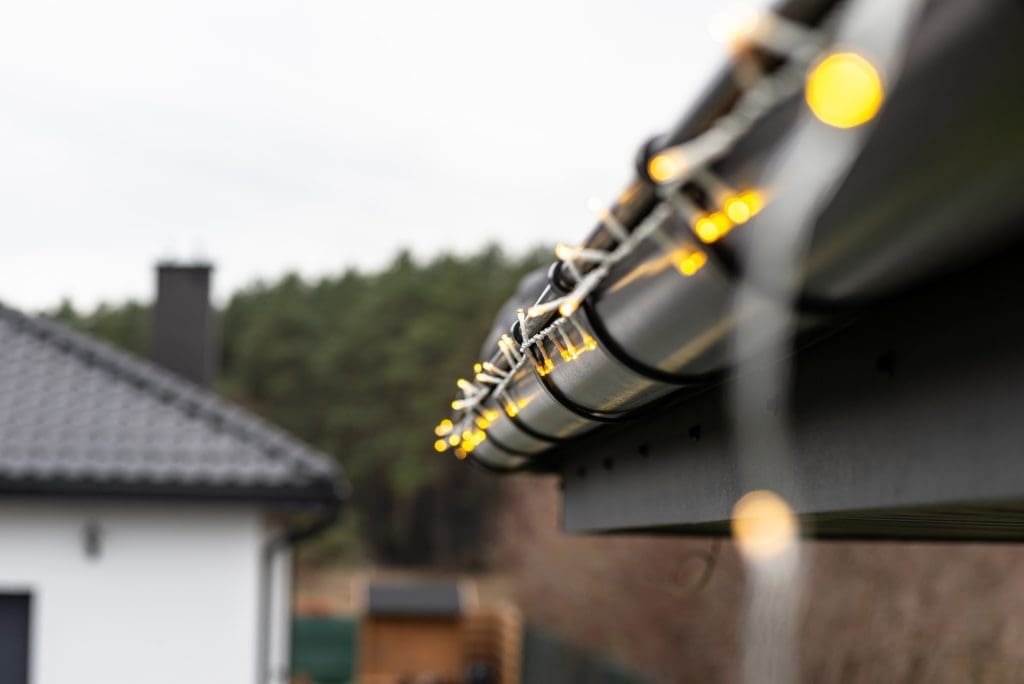
Incorrect Gutter Sizing
One of the most common mistakes in gutter replacement is choosing the wrong size gutters. Gutters that are too small may overflow during heavy rain, while those that are too large can be visually unappealing and costly. It’s essential to consider the roof size, pitch, and the average rainfall in your area when deciding on gutter size.
In addition to sizing, it is also important to think about downspout dimensions, as these contribute significantly to water flow. Proper calculations can prevent many problems associated with water drainage. For instance, a roof with a steep pitch may require larger gutters to accommodate the rapid flow of water, while flatter roofs might necessitate a different approach to ensure effective drainage. Consulting with a professional can provide valuable insights into the specific requirements for your home, ensuring that you avoid the pitfalls of improper sizing.
Poor Gutter Placement
Where gutters are installed can drastically affect their performance. Positioning gutters too high or too low can lead to inefficient water management. Ideally, the bottom edge of the gutters should be sloped toward the downspouts, facilitating smooth water flow.
Additionally, consideration should be given to the position of downspouts. Placing them too close together can overwhelm one section of the gutter while leaving others under-utilized, resulting in overflow and potential damage. It’s also wise to consider the landscape surrounding your home; for example, if there are trees nearby, ensuring that downspouts direct water away from the foundation can prevent erosion and water pooling in unwanted areas. A thoughtful approach to placement can enhance the longevity and effectiveness of your gutter system.
Neglecting Local Weather Conditions
Ignoring local weather conditions can be detrimental to gutter performance. Regions with heavy rainfall or snowfall require robust gutter systems that can handle significant water flow. Homeowners should analyze historical weather patterns and choose gutter materials and designs that can withstand extreme conditions.
Moreover, understanding your area’s climate aids in making informed choices about installation methods and the frequency of gutter maintenance. This knowledge can save homeowners time, money, and stress in the long run. For instance, in areas prone to ice damming, opting for heated gutter systems might be a wise investment. Additionally, homeowners should consider the impact of seasonal changes on their gutters, such as the accumulation of leaves in the fall, which can lead to blockages if not addressed promptly. Regular inspections and maintenance tailored to local weather conditions can significantly enhance the performance and durability of your gutter system.
Preventive Measures for Gutter Replacement Mistakes
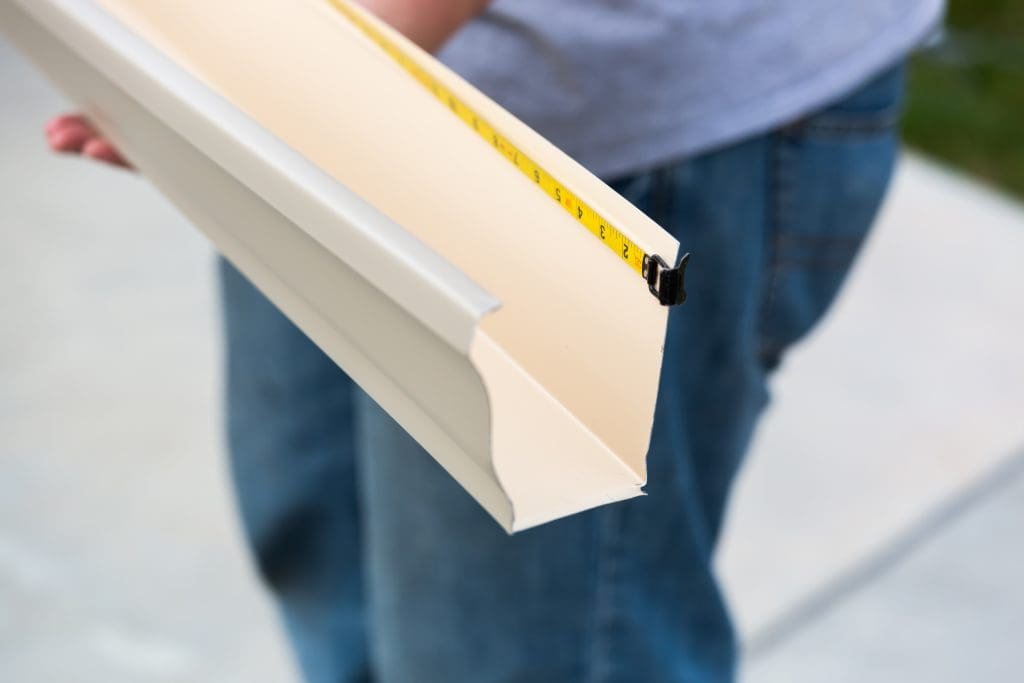
Proper Gutter Measurement Techniques
Accurate measurements are the foundation of successful gutter replacement. Homeowners should use a level to ensure even measurements across the entire length of the roofline. This can help in achieving the correct slope and avoiding pooling water in the gutters.
Utilizing tools like a measuring tape or laser level can enhance precision. If unsure, it may be wise to consult with professionals to avoid costly errors due to incorrect measurements. Additionally, it’s beneficial to take multiple measurements at different points along the roofline to account for any irregularities in the structure. This extra diligence can prevent miscalculations that might lead to improperly fitted gutters, which can compromise their functionality.
Importance of Gutter Positioning
Gutter positioning is equally critical. Ensuring that gutters are installed at the correct angle allows for optimal water flow toward the downspouts and avoids backflow. A common rule is to maintain a slope of about 1/4 inch for every 10 feet of gutter length.
Moreover, strategic positioning aids in preventing debris accumulation. This can reduce maintenance needs and extend the life of the gutter system. It’s also important to consider the proximity of trees and other landscaping features when positioning gutters, as overhanging branches can lead to increased leaf litter and blockages. Installing gutter guards can further enhance performance by minimizing the amount of debris that enters the system, thereby reducing the frequency of cleanings and potential clogs.
Considering Weather Factors in Gutter Replacement
Weather factors play a significant role in determining the best gutter system for your home. In areas with heavy snowfall, for instance, sturdy and larger gutters are necessary to avoid collapses. Conversely, in regions prone to hurricanes, lighter materials that can withstand high winds and secure installation techniques would be more appropriate.
Taking into account local weather patterns can help in choosing the right materials and designs, ultimately leading to a more effective gutter system. For instance, homeowners in regions with frequent heavy rains may benefit from installing larger downspouts to facilitate rapid drainage and prevent overflow. Additionally, understanding seasonal changes can guide the timing of gutter installation, ensuring that the system is ready to handle the specific challenges posed by each season, such as melting snow in spring or heavy autumn leaves.
Hiring Professionals vs DIY Gutter Replacement
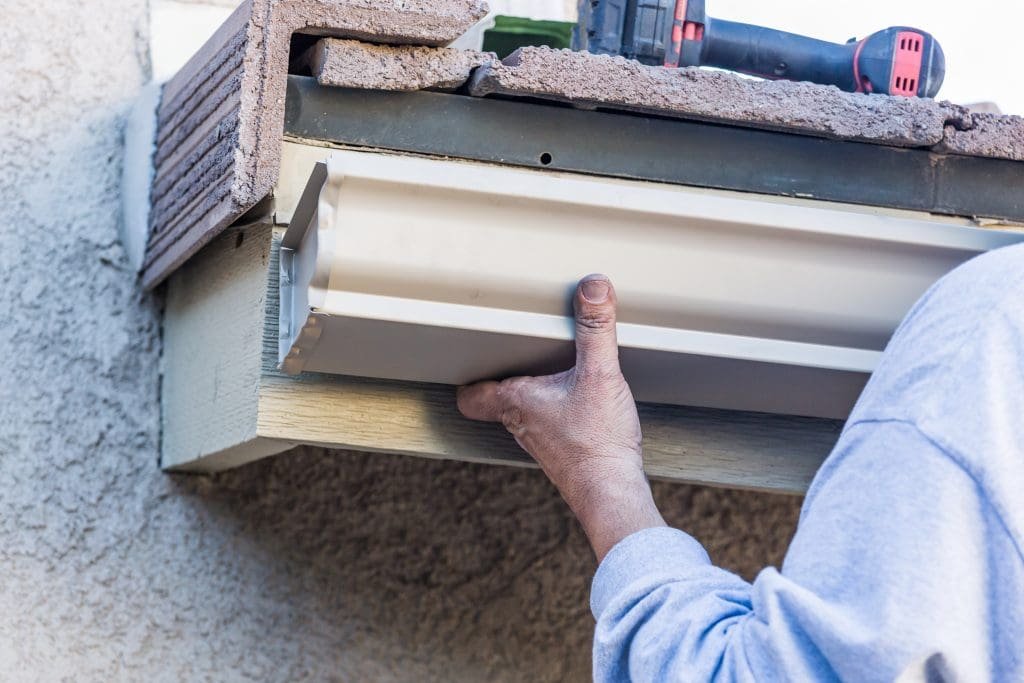
Pros and Cons of DIY Gutter Replacement
DIY gutter replacement can be a tempting option for those looking to save money. One major advantage is cost savings, as homeowners can avoid labor fees. Additionally, taking on a DIY project may provide a sense of accomplishment and a chance to customize the gutter system to personal preference. Homeowners can choose materials that match their home’s aesthetic, whether opting for traditional aluminum, durable vinyl, or even more eco-friendly options like copper. This personalization can enhance the overall curb appeal of the home.
However, DIY projects come with inherent risks such as potential installation errors and safety hazards, especially if working from ladders or roofs. Moreover, without the right tools or experience, the quality of the installation may not match that of professional work. Many homeowners underestimate the complexity of gutter systems, including proper slope and drainage considerations, which can lead to water pooling and damage over time. Furthermore, the physical demands of the project can be taxing, particularly for those who may not be accustomed to heavy lifting or working at heights.
Benefits of Hiring Professional Gutter Installers
Professional gutter installers bring expertise and knowledge that can ensure proper installation and avoid mistakes that DIY homeowners might overlook. Their experience enables them to work efficiently, often completing the job more quickly than an inexperienced homeowner could. Professionals are also familiar with local building codes and regulations, ensuring that the installation meets all necessary standards. This can save homeowners from potential fines or the need for costly rework down the line.
Moreover, hiring professionals can provide peace of mind, knowing that the installation is backed by warranties or guarantees. This can protect homeowners from future issues and additional expenses related to gutter failures. Many professional services also offer maintenance packages, which can include regular inspections and cleaning, further extending the life of the gutters and preventing clogs that can lead to water damage. Additionally, professionals often have access to higher-quality materials and advanced installation techniques that can enhance the durability and effectiveness of the gutter system, ensuring it withstands the test of time and the elements.
Maintenance Tips to Prolong Gutter Lifespan
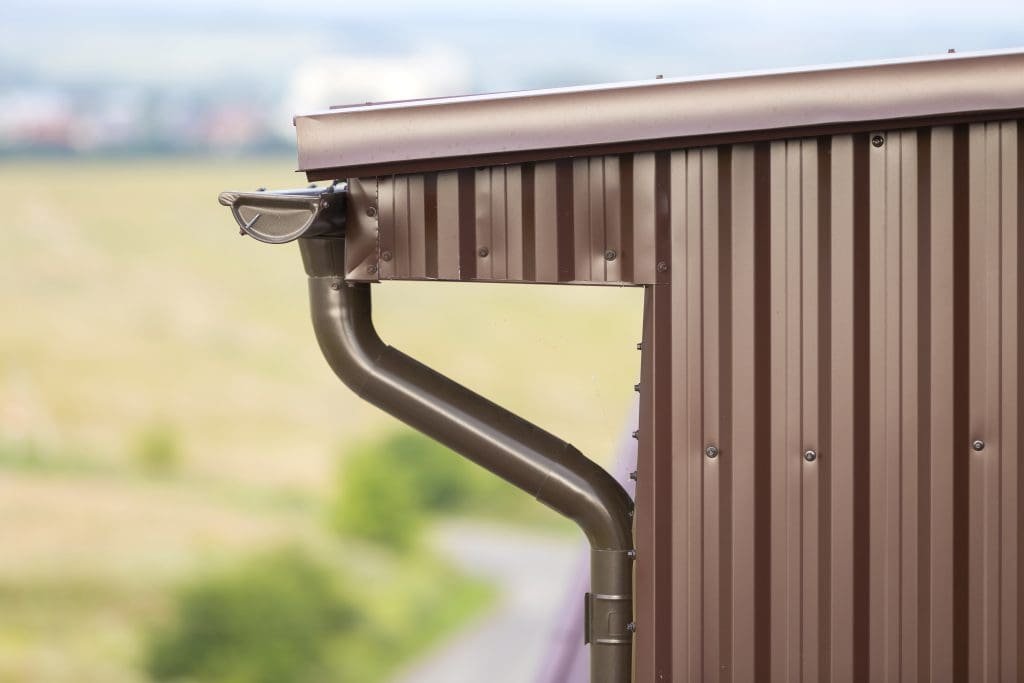
Regular Gutter Cleaning
To prolong the lifespan of gutters, regular cleaning is essential. Clogged gutters can lead to overflow, which can damage the roofing materials, siding, and landscaping. Homeowners should aim to clear out debris, leaves, and dirt at least twice a year, particularly before and after heavy rainfall seasons.
Using a ladder safely and wearing gloves is advised during the cleaning process. For those uncomfortable with heights, it may be better to hire professionals for this task to ensure safety and efficiency. Additionally, it’s wise to have a friend or family member assist during the cleaning process, as they can help stabilize the ladder and provide an extra set of hands for managing debris. This teamwork not only enhances safety but can also make the task feel less daunting.
Gutter Guards and Their Benefits
Installing gutter guards can be a proactive measure to extend the life of your gutters. Gutter guards prevent debris from entering the system, reducing the frequency of necessary cleanings. They also minimize the risk of clogs that can lead to overflow and associated damages.
While there is an initial investment in gutter guards, the long-term benefits often outweigh these costs by reducing cleaning needs and increasing the durability of the gutter system. Furthermore, many gutter guard systems are designed to handle heavy rainfall, ensuring that water flows freely even during storms. Homeowners should consider the various types of gutter guards available, such as mesh screens, reverse curve systems, or foam inserts, to find the best fit for their specific needs and local environment.
Scheduling Regular Gutter Inspections
Regular inspections are crucial for spotting issues before they become major problems. Homeowners should schedule inspections at least once a year, ideally before the rainy season starts. This can help identify signs of damage, rust, or misalignment that could affect gutter performance.
Professional inspections can provide a thorough evaluation, ensuring that all components of the gutter system are functioning as intended. Early detection of potential problems can save homeowners significant time and expenses in repairs. Additionally, homeowners can perform their own visual inspections by checking for sagging sections, rust spots, or peeling paint on the exterior of the gutters. Taking proactive steps to maintain gutters not only protects the home but also enhances its overall curb appeal and value.
By understanding the nuances of gutter replacement and adhering to the advice provided in this comprehensive guide, homeowners can avoid common mistakes and ensure their gutters function effectively for years to come. Regular maintenance and timely interventions can significantly extend the life of gutters, ultimately safeguarding the home from costly water damage and preserving its structural integrity.

